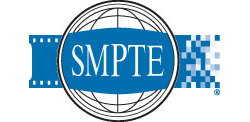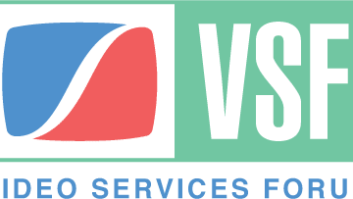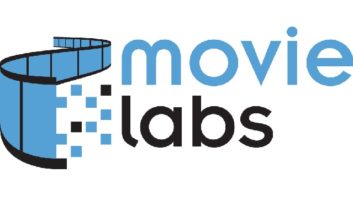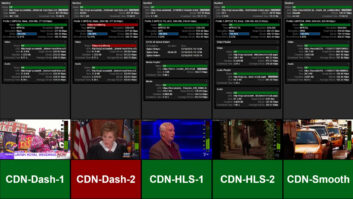
BXF, the Broadcast eXchange Format, has now reached version 2.0. SMPTE published the new standard, together with supporting documents and XML schema, earlier this month. This follows extensive work by a broad group of industry participants. The standard has already been adopted by a number of vendors and integrators as a means of exchanging information between business and media management systems. BXF provides the framework for standardised, timeline-based data exchanges around dynamically changing content. One of its primary purposes is seen as managing advertising sales and the subsequent fulfilment on-screen. “Representing a collaborative effort by some 80 companies and already seeing widespread adoption, BXF is a success story for everyone,” said Peter Symes, SMPTE director of standards and engineering. “BXF 2.0 and future extensions also underscore the vital role SMPTE plays in driving collaboration and standardisation in support of new technology advances and creating new revenue opportunities across the digital media ecosystem.” The project has been led, since its inception in 2004, by Chris Lennon of Harris. The company has already implemented BXF in 11 of its major products including ADC and D-Series automation, OSi-Traffic media software, and Invenio media asset management. “It is very satisfying for us at Harris to see the fruits of the BXF effort,” said Lennon. “It demonstrates the value of working with our customers and partners as well our competitors in fixing endemic industry problems.” He added that the group is now working towards BXF 3.0.







